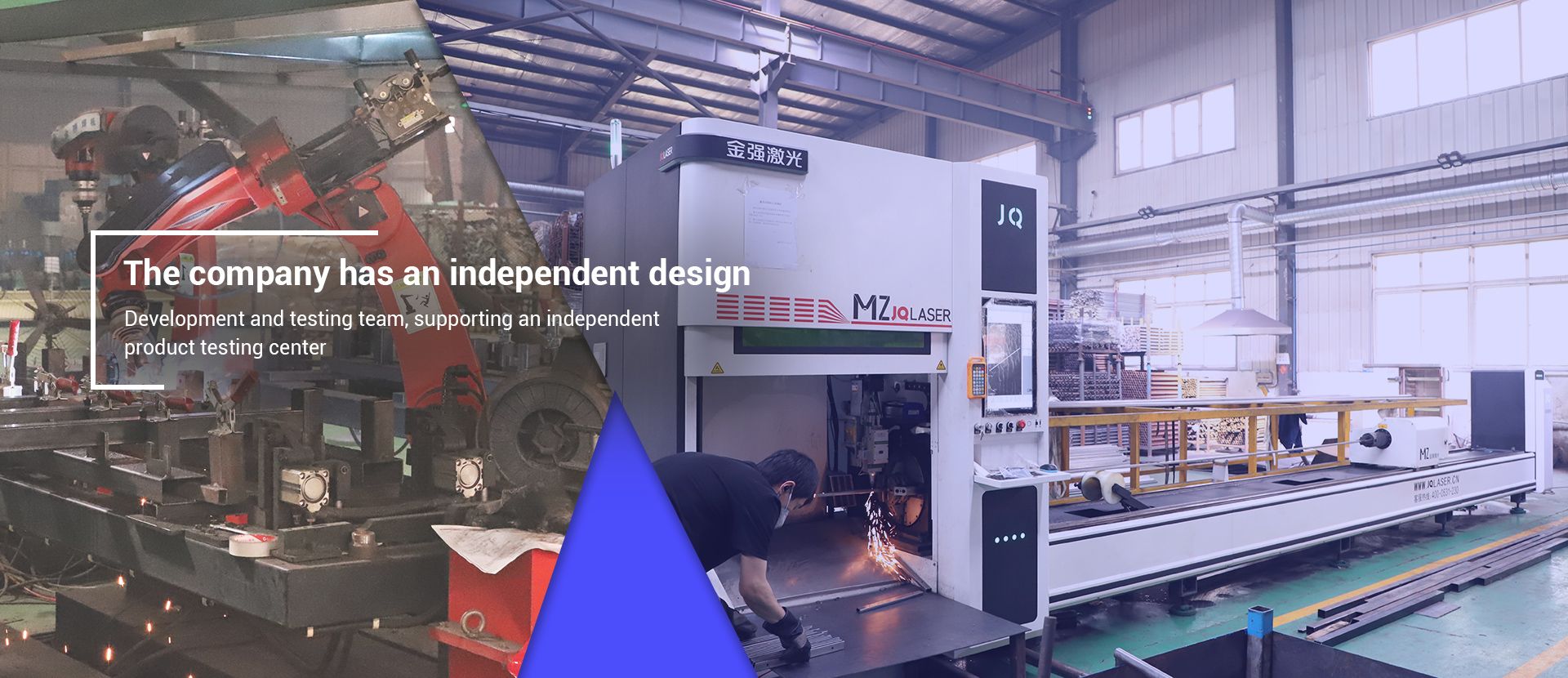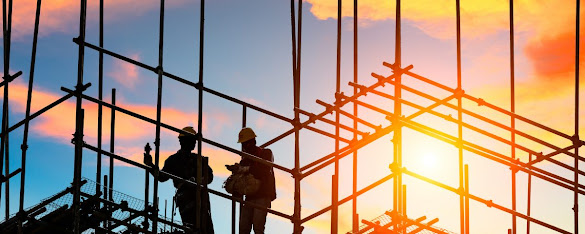Different types of scaffolding

Construction workers need a platform to move materials and move themselves around to perform their tasks. This is where scaffolding comes in handy. It is a temporary frame made of timber or steel with platforms of different heights. If you are looking for a company that provides reliable, affordable and safe scaffolding in Sydney, contact us - Skelscaff.
It supports the original structure being built as well as the workers involved. Masons need scaffolding to place and position building materials when the height of a building's columns, walls or any other structural element exceeds 1.5m. Scaffolding can be used for the construction of new buildings, maintenance of existing structures, access, repairs, and inspections.
Types of scaffolding used in construction
When installed in a building area, they may look the same, but there are various scaffolding types used in construction. These include
Single scaffolding
Also known as or brick layer scaffolding, single scaffolding is commonly used for brick masonry work.
It consists of a standard frame, ledger and temporarily constructed logs, parallel to the wall being worked on, which is approximately 1.2 m from the wall.
Standard, a series of vertical members made of wood or bamboo, are firmly fixed to the ground parallel to the wall being worked on. They are placed at intervals of about 2 to 2.5 meters, 1.2 meters from the wall.
Longitudinal horizontal components called ledgers are used to connect standards at vertical intervals of approximately 1.2 to 1.5 meters. The ledgers are typically tied to the standards using rope ties at every 4 to 5 feet of rise.
Another type of assembly, putlogs, is attached to one end of the scaffolding on the ledger and the other end in a hole left in the wall. putlogs are placed at 1.2 to 1.5 meter intervals. putlogs are also tied to the ledger using rope.
For scaffolds placed at very high heights, brackets are usually fixed to provide additional support and help keep the high scaffold stable. Rope ties are used and the brackets are mounted diagonally and crosswise.
Double scaffolding
Double scaffolding is also known as masonry scaffolding, mainly because it is widely used for masonry work. This scaffolding type is usually stronger and provides better support for construction work than brick layer (single) scaffolding.
Double scaffolding double scaffolding differs from single scaffolding in that it has two rows separated by ledgers as standard to provide better support. Note that in the case of brick layer scaffolding, a single row of standards is usually fixed to the ground. This is considered weaker and therefore makes double scaffolding a more popular choice for many construction jobs.
The first row of standards in a double scaffold is fixed close to the wall, while the second row of standards is fixed slightly further away from the wall, at a distance of about 1.5 meters from the first row. The first row of standards is placed at a distance of about 20 to 30 cm from the wall. In order to make the scaffolding stronger and more durable, the crossbeams are placed together with cross braces on the crossbeams.
It is because there are two rows of standards touching the ground that this frame is called a double scaffold.
In the case of brick layer scaffolding, one end of the putlog is usually fixed in a hole in the wall, whereas in double scaffolding, the putlog is not fixed to the wall. Instead, the ledger at both ends of the scaffold supports the putlog. in this way, the double-layer or Mason scaffold is completely independent of the surface of the wall. There is also absolutely no need to drill holes in the wall.
Steel scaffolding
This scaffolding type looks like a mason's scaffolding, but the bamboo or wood material is replaced by steel. It is also often used in the form of a brick layer scaffold when holes are cut in the wall to support one end of the scaffold.
Due to the hollow nature of the steel metal used, it is also known as tubular scaffolding. Instead of wood and bamboo planks, distillation tubes of 1.5" to 2.5" in diameter are used. The metal is fastened using some special form of steel coupling rather than rope ties. The fastening mechanism here consists of supporting individual pipes, bolts, nuts and washers, and support nuts for wedges and clamps.
Steel scaffolds are standardly anchored by welding to square or round steel plates called base plates, rather than securing them to the ground. Typically, there is a gap of 2.5 to 3 meters between each two standards of a row of steel scaffolding.
The standards are connected at 1.8 m vertical intervals each using pipe racks. Putlogs used here are typically 1.2 to 1.8 meters long.
Steel scaffolding has many advantages over other types, notably
The frame can be installed or dismantled more quickly than other types built with wood.
It is more durable than its counterparts made of wood and is cost effective in the long run.
Steel scaffolding is better able to withstand fire.
It is strong and durable, so it can be used at higher heights.
One of the disadvantages is that it is more expensive. In addition, it requires more skilled labor and needs to be repainted from time to time to maintain its color and protect it from damage.
Cantilever scaffolding
Cantilever scaffolding, also known as pin scaffolding, cantilever scaffolding consists of standards that support continuous pins taken out through holes in the walls. It can be single type or double type.
Single type cantilever scaffolding consists of a series of standards supported by pins. On the other hand, double-cantilever scaffolding has pins and protruding beams that reach through openings into the floor.
This scaffolding type is used when there is no hard ground to support the standard, for example, when you need to work on a busy street. In the case of construction at high levels in multi-story buildings.
Suspended scaffolding
This consists of a working platform suspended from a daughter wall or roof using ropes, chains or wire that can be lowered or raised to a desired level. It is typically used for maintenance work such as painting.
Trestle scaffolding
It consists of working platforms supported on removable ladders without standard or putlogs. therefore, this can be easily transferred from one point to another. Trestle scaffolding is often used for painting work in rooms or for minor repairs.
Each scaffolding type has its advantages and disadvantages. Choose the one that best suits your construction requirements.
Zhonghong’s history is built on safety, productivity, and efficiency, delivering an integrated and reliable process that ensures quality assurance is being delivered at every step of the project. We have a reputation for being one of the safest, most knowledgeable and most reliable companies in the scaffolding industry. We offer competitive pricing and carry only the highest quality products. We do what we say and we work with integrity. If you have any need, feel free to contact us and our experienced team are available to answer any product queries that you may have.



Comments